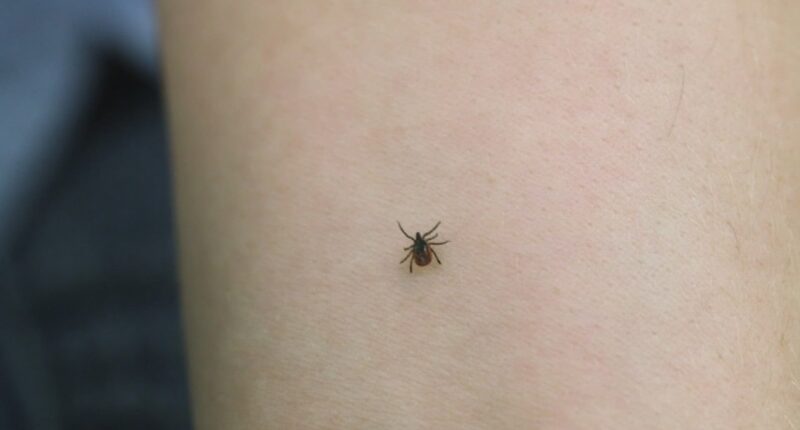
Experts at Consumer Reports say a few simple steps can help keep your yard tick-free. It starts with the grass.
When temperatures increase and climate patterns change, the tick season begins sooner, extends further, and encroaches on new territories, even your own backyard. The good news is that there are simple measures you can take to safeguard yourself. Consumer Reports offers expert guidance to assist you and your pets in staying secure.
Consumer Reports’ Paul Hope suggests a few uncomplicated actions to maintain a tick-free yard. It commences with the lawn. Ticks thrive in tall grass and dim, shaded spots, so CR advises trimming your grass to around three inches. While CR generally advocates mulching grass clippings, in areas with high tick populations, bagging them might be a better choice.
Eliminate or blow away leaves, leaf piles, and other clutter that could serve as shelter for ticks in your lawn. If your property is bordered by extensive wooded regions, erecting a fence can deter deer, which are carriers of ticks, from entering.
If installing a fence isn’t an option, CR says you can create an obstacle for the ticks. Use dry wood chips or gravel to make a three-foot barrier between your lawn and any woody areas—it adds a dry, hot perimeter that ticks don’t like. Pro-tip: Don’t use shredded mulch because that can get damp, which is what ticks like.
Next, trim tall grasses, weeds, and low-hanging branches around your property. You may be tempted to spray your whole yard with pesticides, but CR says don’t. A better and more targeted approach is to use tick tubes. These tubes contain a small amount of poison that coats the skin of mice, can kill ticks, and reduce the population after several years of use.
Whatever prevention steps you take, one rule always applies: after spending time outdoors, check yourself and your pets for ticks. It’s a simple habit that can make a big difference.
The Centers for Disease Control and Prevention recommends showering and checking your body within a few hours of being in tick-prone areas. This can help wash away any ticks that have not yet attached. Some ticks are no bigger than a poppy seed, so pay close attention when checking.

















